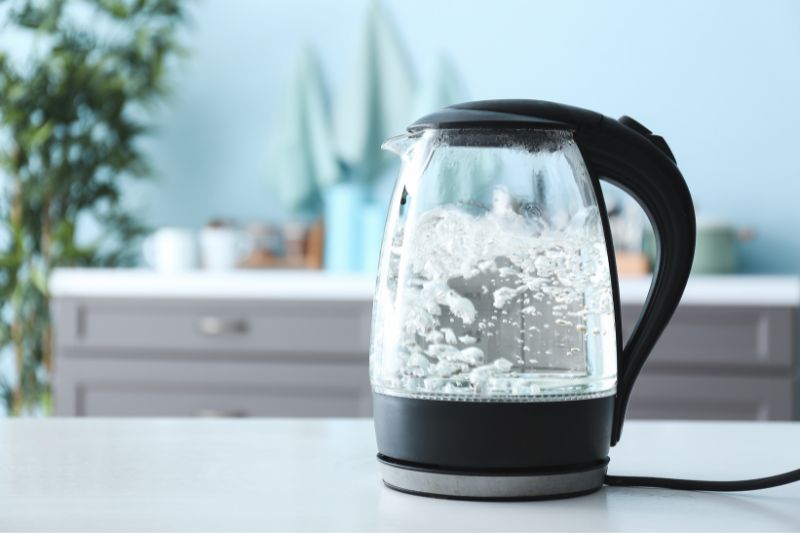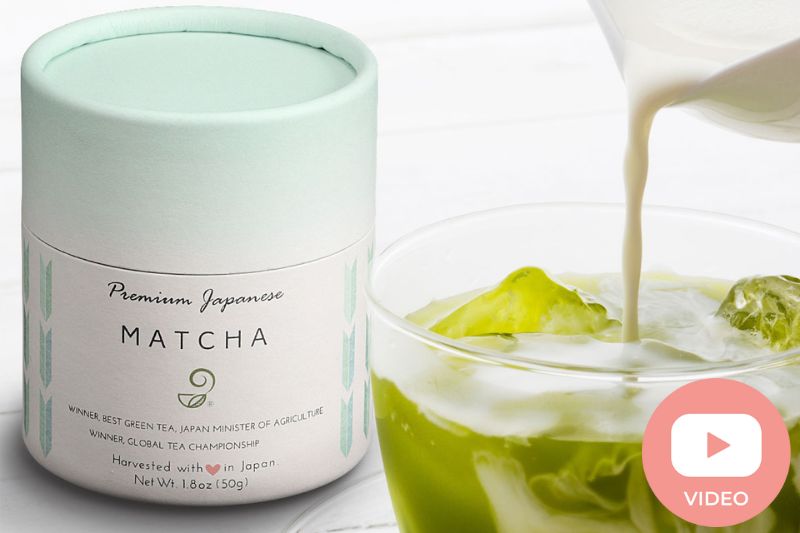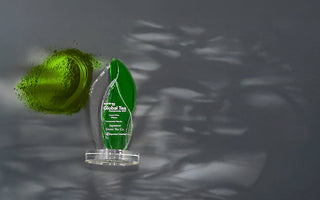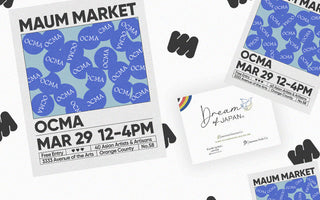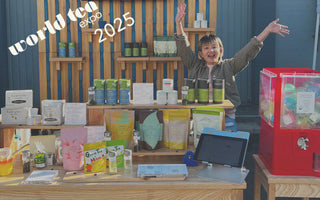Making tea is a delicious, relaxing experience that people of all ages can enjoy. It is easier when using tea bags, but why make your own tea bags when you can buy ready-made ones at the grocery store? Well, it is because many standard teabags contain low-quality tea leaves. Worse, manufacturers put tea dust or tea remains on the tea bags. Making tea bags containing loose tea leaves or other flowers you like is a simple process that can be done with just a few ingredients. In this post, we will show you how to make your teabags. This blog post will also show you how to choose loose-leaf tea.
When was the teabag invented?
The modern tea bag was invented in China during the Tang Dynasty (618–907 AD). The first tea bags were made from a cloth dipped in hot water and then filled with loose leaf tea.
In the United States, tea bagging was first popularized in the 1930s to conserve tea. Most people drank tea from teacups or coffee pots, and it was difficult to store enough loose leaf tea for everyone. Teabags allowed people to enjoy a cup of tea without wasting any of the precious beverages.

How to choose good tea leaves?
When choosing tea leaves, it is crucial to consider the type of tea you make. For example, black teas use a particular variety of leaves called bergamot, giving the tea its characteristic flavor.
Green and white teas are made from either fresh or dried leaves. Fresh leaves were plucked from plants or trees before they were dried to retain as much moisture as possible. It is important to look for loose leaves with a bright green color and a strong fragrance when choosing fresh leaves. You should select dried leaves if you want a stronger-flavored tea. They should be lightly compressed so that the water can penetrate them quickly and the flavor will be more concentrated.
Black teas are made from the finest quality black tea leaves. In general, the more expensive the tea, the finer the tea leaves.
Gather Your Tea Supplies
Making your own tea bag is a great way to customize your brew. Having loose tea leaves allows you to control the strength and flavor of your tea, making it the best way to enjoy it and make your own blend conveniently. There are several ways to make a tea bag: using a teabag maker, using a strainer, or even breaking up the tea into small pieces and putting it into a mug. Whichever method you choose, be sure to follow the instructions carefully to get the perfect cup of tea every time.

When it comes to putting loose leaf tea inside a teabag, you will need a few things before starting. First, gather your supplies. Second, determine the type of tea you would like to brew. Third, fill your teapot with water and set it on the stove to boil. Finally, add the desired amount of loose leaf to the cloth or teabag and steep for 30 seconds to 1.5 minutes. Enjoy your refreshing brew!
To make a teabag using loose leaf tea, you will need:
- Loose leaf tea leaves
- Scissors
- A cheesecloth, muslin cloth, or coffee filter to store the brewed tea. You may also use eco-friendly, ready-made empty disposable tea filter bags, so you don't have to go through cutting and tying DIY tea bags. As much as possible, avoid teabags made from plastic or bleached ones.
- A spoon
How to Make Your DIY Teabag
If you're looking for a delicious, relaxing cup of tea, using a tea bag is a great way to get the job done. However, you have to take note of a few things when you're trying to make your own tea bag. First and foremost, make sure that your loose-leaf tea is fresh. If it's been sitting around for too long, the flavor and aroma will dissipate. Second, don't overfill your teacup or teapot, resulting in weak tea. Finally, avoid leaving your teacup filled with hot water for too long; this can cause the tea to become bitter.
You can make a teabag out of loose leaf tea, cheesecloth, or muslin cloth and baker's twine. First, simply cut the loose leaves. Next, bring all the corners of the cheesecloth or muslin cloth together, tie the twine around the top of the cloth to hold the tea leaves, and then put it into the desired cup. You may also fold the top before tying the cloth. If you don't have baker's twine, you can use a clean string. Then you can tie or use a clean stapler to staple the strings on the newly folded teabag.
Coffee filters are also a good alternative to muslin or cheesecloth, but make sure they are strong and can hold your loose leaves. Some ready-made, quality empty teabags are cheaper than coffee filters, unless you already have too many strong-quality coffee filters at home.

How to use teabags to enjoy your tea:
- Fill your teapot with water and set it on the stove to boil.
- Add your desired amount of loose leaf to a coffee filter, cheesecloth, or muslin bag.
- Put the tea bag in a spoon and steep for two to three minutes.
- Remove the tea bag from the pot and enjoy your delicious brew!
- Oh! Since you already made your teabags and just want to store them for convenience, next time you want to make tea, store them in an airtight container and keep them in a cool, dry place.
Making your own tea bag is easy and fun. You can customize your brew by choosing from a variety of flavors. We hope you enjoyed this post on making tea bags using loose leaf tea. Now that you know how to make tea from loose tea leaves, you can enjoy a premium, convenient tea. Knowing that your tea came from your chosen quality leaves is a great way to sit down, relax, and get all the benefits of this delicious drink. Enjoy Your Tea!
Get Free Bonus Books

Sign up for free to the Green Tea Club to get advice and exclusive articles about how to choose Japanese Tea, and tips, tricks, and recipes for enjoying Japanese tea.
About the author
Kei Nishida
Author, CEO Dream of Japan
Certification: PMP, BS in Computer Science
Education: Western Washington University
Kei Nishida is a passionate Japanese green tea connoisseur, writer, and the founder and CEO of Japanese Green Tea Co., a Dream of Japan Company.
Driven by a deep desire to share the rich flavors of his homeland, he established the only company that sources premium tea grown in nutrient-rich sugarcane soil—earning multiple Global Tea Champion awards.
Expanding his mission of introducing Japan’s finest to the world, Kei pioneered the launch of the first-ever Sumiyaki charcoal-roasted coffee through Japanese Coffee Co. He also brought the artistry of traditional Japanese craftsmanship to the global market by making katana-style handmade knives—crafted by a renowned katana maker—available outside Japan for the first time through Japanese Knife Co.
Kei’s journey continues as he uncovers and shares Japan’s hidden treasures with the world.
Learn more about Kei


